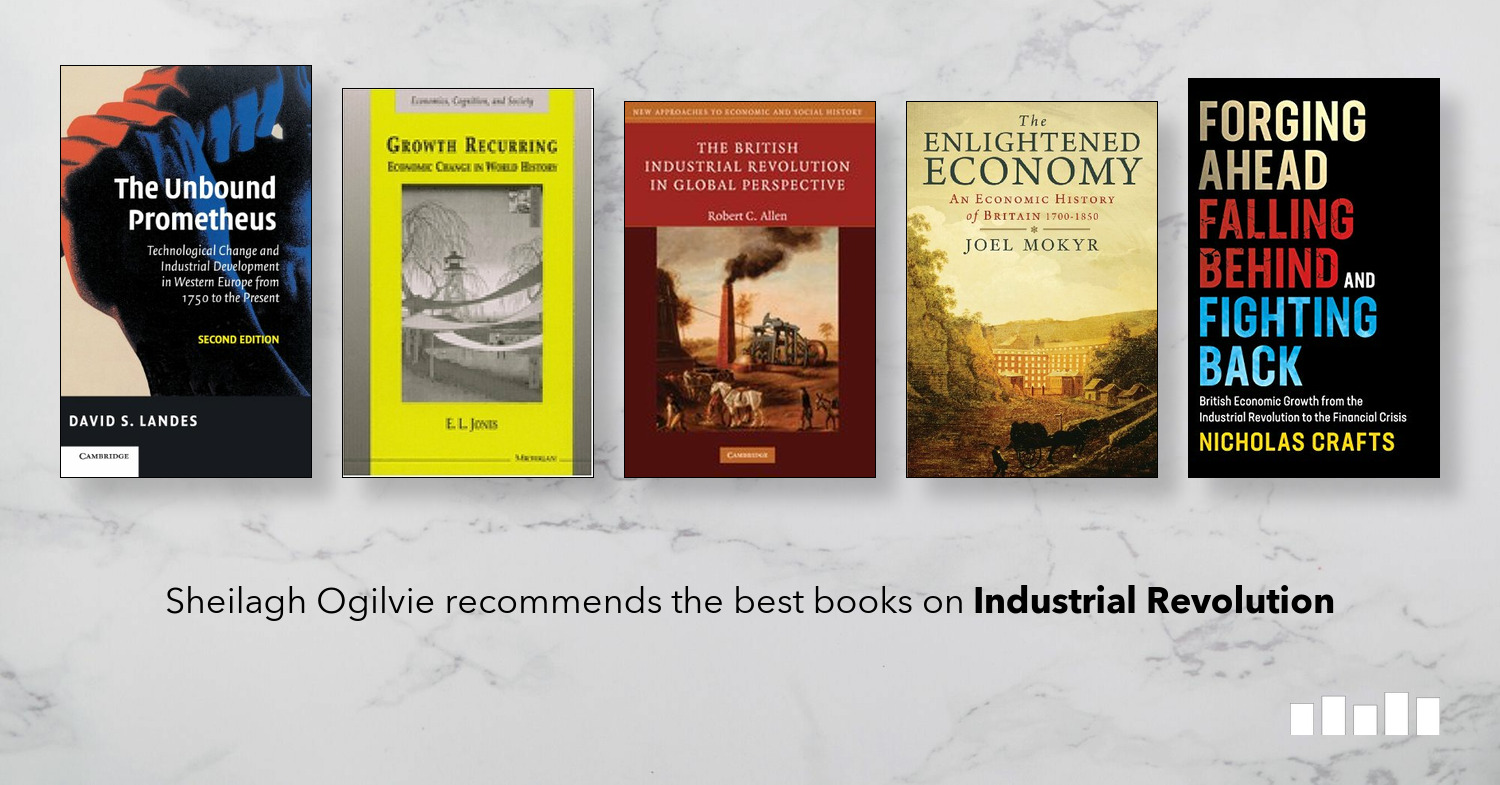In literature the last two thirds of the nineteenth century proved to be a great period for the novel of realism that depicted the problems and triumphs of the industrial society, drawing upon the stylistic canons of the romantics while pursuing starkly realistic themes.
The English novelists Charles Dickens (1812-1870) and William Makepeace Thackeray (1811-1863), the French Honore de Balzac (1799-1850), and the Russian Feodor Dostoevsky (1821-1881) all poured out undisciplined torrents of words, often taking little time to revise or polish. Yet they were thoroughly immersed in the world of their time and were in many ways realists.
Thackeray’s Vanity Fair was a condemnation of the false values of a money-mad, power-hungry society. The novels that constituted what Balzac called “the human comedy”—Pere Goriot, Eugenie Grandet, Cousine Bette, and many others—were a savage expose of the crassness and corruption of bourgeois society under the July Monarchy. The leading French realist of the next generation, Gustave Flaubert (1821-1880), hated the bourgeois world he wrote about in his masterpiece, Madame Bovary.
By the end of the century, these realists were confronted by writers who sought an almost scientific accuracy of observation in their novels, giving attention (and a sense of power) to minutely observed physical details and social nuances.
The Russian Ivan Turgenev (1818-1883), the English George Eliot (1819-1880), and above all, the French Emile Zola (1840-1902) showed clearly the influence of the scientific revolution inspired by Darwin. Zola sought to arrive at laws of human development, much as the biologist seeks laws of organic development. He called his twenty volumes about a family the “natural history” of a family.
Each novel focused on some problem: La Terre (The Earth) on the land and peasantry; LAssommoir (The Killer) on alcoholism; La Debdcle on the trauma of the war of 1870. Literature was exhibiting a pessimistic strain that has continued ever since.
The pessimists reacted against the eighteenth-century doctrine of the natural goodness of humanity. By the close of the Victorian era, nature apparently had made most people greedy, selfish, combative, and addicted to sexual irregularities. Some writers, like the English novelist Thomas Hardy (1840-1928), built this pessimism from a series of incidents in private lives into a grand, cosmic irony. Hardy’s characters were often the victims of coincidence, accident, and other unforeseen circumstances; they could hardly be held responsible for their own misfortunes.
Anton Chekhov (1860-1904) in Russia used the prose drama and the short story to show how life harasses everyone. Henrik Ibsen (1828-1906) in Norway and George Bernard Shaw (1856-1950) in England helped to develop that characteristically late-nineteenth-century form of the drama, the problem play.
The problem was sometimes one of wide moral and political concern, as in Ibsen’s Enemy of the People or Shaw’s Man and Superman, but it was very often concerned mainly with the stupid tangles of private lives. Ibsen shocked his contemporaries in A Doll’s House by having the play begin at the point where the usual nineteenth-century drama ended and by permitting his heroine to rebel against the doll-house atmosphere her husband had created for her.
Most of this realistic or naturalistic writing, even when not Marxist inspired, was hostile to the middle class. The bourgeois was the rapacious titan of industry, the authoritarian browbeater of children, the hypocritical practitioner of a double standard of sexual morality. Shaw found a simple phrase to sum up what was wrong— “middle-class morality.”
The American poet Walt Whitman (1819-1892) exalted democracy and the common man, employing free verse (which has no regular patterns of rhyme and meter). Whitman was no radical innovator, however, and the common man he celebrated had no trouble understanding his poems. He sang, he said, “of the body electric,” and one of his most famous poems was to a locomotive, comparing it to a horse at rest, filled with the energy of the new industrial society.

